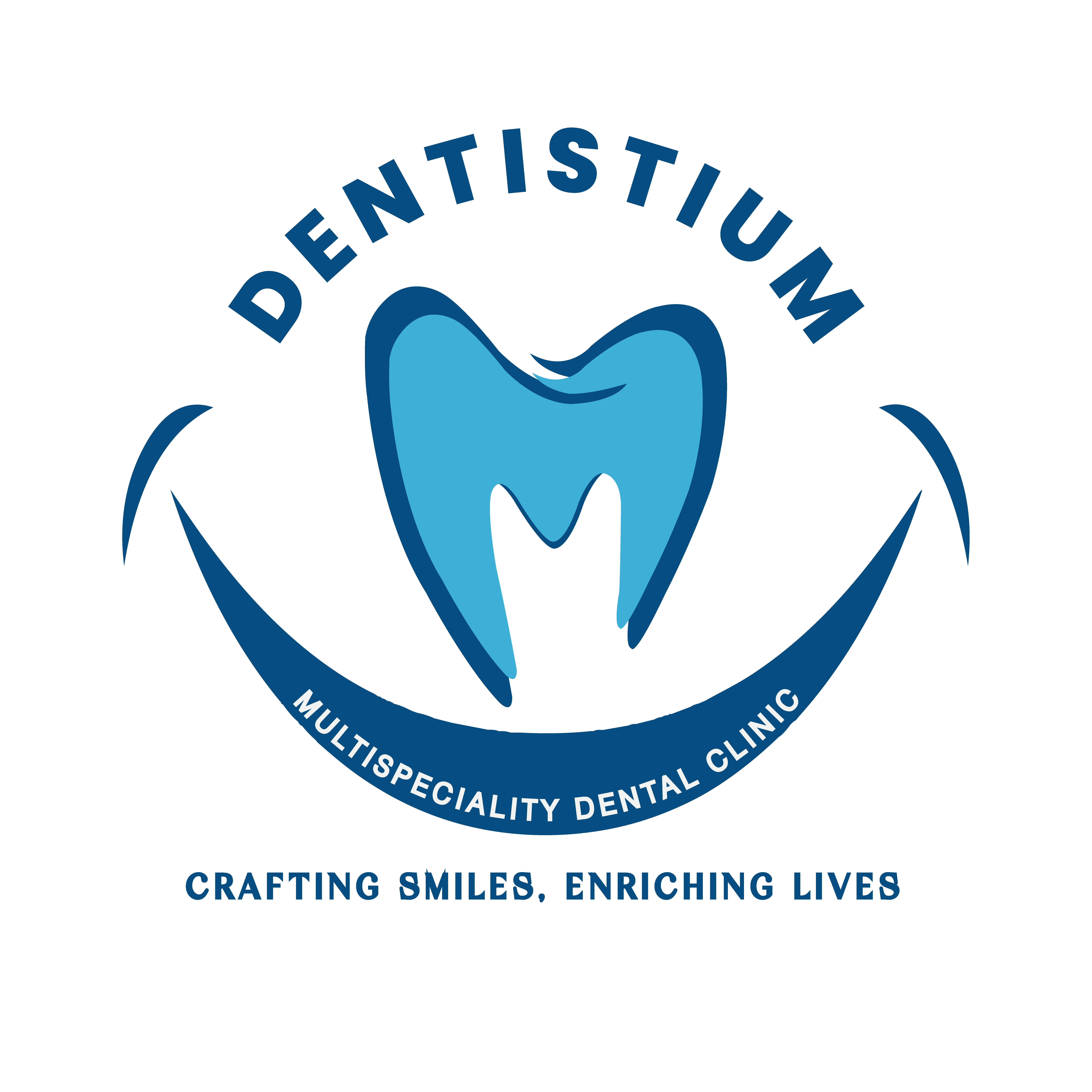Tooth Abscess Symptoms Causes & Treatments
A tooth abscess is a pocket of pus caused by a bacterial infection either inside the tooth (periapical) or in the gums (periodontal). Periapical abscesses stem from untreated cavities or dental trauma, infecting the tooth pulp. Periodontal abscesses result from advanced gum disease. Symptoms include severe pain, swelling, and possibly fever. Treatment involves draining the abscess, root canal therapy to save the tooth, or extraction if the tooth is severely damaged. Prompt dental care is crucial to prevent complications like infection spreading to other areas of the body.
Symptoms
A tooth abscess presents with distinct symptoms that indicate a serious dental infection. These symptoms can escalate rapidly if left untreated, potentially leading to severe complications.
Pain and Sensitivity: The primary symptom of a tooth abscess is intense, throbbing pain localized near the affected tooth or in the gums. This pain can radiate to the jawbone, neck, or ear, and may worsen with chewing or biting.
Sensitivity: Sensitivity to hot or cold temperatures is common, accompanied by a bitter taste in the mouth and persistent bad breath (halitosis).
Physical Signs: Visual indicators include redness and swelling of the gums around the affected tooth, along with the tooth itself becoming discolored or feeling loose. In some cases, a pimple-like bump may form on the gum, which, when pressed, releases foul-smelling or salty-tasting fluid.
Systemic Symptoms: As the infection progresses, systemic symptoms may appear, such as fever, swollen lymph nodes under the jaw or neck, and a general feeling of illness or discomfort.
Emergency Signs: Severe cases may lead to facial swelling that affects breathing or swallowing, requiring immediate medical attention.
If an abscess ruptures, there may be a sudden discharge of foul-smelling fluid from the affected area, accompanied by immediate pain relief. However, this does not eliminate the need for professional dental treatment to address the underlying infection and prevent further complications.
Tooth Abscess Causes
A tooth abscess develops when bacteria invade the dental pulp, the innermost part of the tooth containing nerves, blood vessels, and connective tissue. There are several pathways through which bacteria can enter, leading to different types of dental abscesses.
Periapical Abscess: This type of abscess typically originates from severe tooth decay (cavities). Decay creates openings in the hard enamel of the tooth, allowing bacteria to penetrate into the softer dentin layer. If untreated, the infection progresses to the pulp, causing pulpitis. From there, bacteria can extend through the root tip to form a periapical abscess in the surrounding bone.
Periodontal Abscess: In this case, bacteria in plaque infect the gums, leading to periodontitis (gum disease). As gum disease advances, the bacteria can cause inflammation that results in the separation of gum tissue from the tooth base, forming periodontal pockets. Bacteria accumulate in these pockets, leading to a periodontal abscess. This type can also occur due to an accidental gum injury or as a complication of dental procedures.
Gingival Abscess: A less common type, a gingival abscess, occurs when a foreign object, such as a popcorn hull or toothbrush bristle, becomes embedded in the gums, causing infection.
Risk Factors: Factors increasing the risk of tooth abscesses include poor dental hygiene, untreated cavities, gum disease, and dental trauma. Prompt treatment is essential to prevent the spread of infection and complications such as facial swelling or systemic illness.
Understanding the causes of tooth abscesses underscores the importance of maintaining good oral hygiene and seeking timely dental care to prevent infections and preserve dental health. If you suspect symptoms of a tooth abscess, such as severe toothache, swelling, or fever, it’s crucial to seek professional dental evaluation and treatment promptly.
Diagnosis and Treatment
Diagnosis: To diagnose a tooth abscess, your dentist will conduct a thorough examination of the affected tooth and surrounding tissues. Key diagnostic steps include:
- Clinical Examination: Your dentist will inspect the tooth for signs of infection, such as swelling, redness, and tenderness. They may also tap on the tooth to assess sensitivity.
- Dental X-ray: X-rays help identify the extent of the infection and any structural damage to the tooth. This helps in planning appropriate treatment.
- CT Scan (Computed Tomography): If the infection has spread beyond the tooth to areas like the neck, a CT scan provides detailed images to assess the severity and extent of the infection.
Treatment Options: The goal of treating a tooth abscess is to eliminate the infection and prevent complications. Treatment options include:
- Incision and Drainage: For severe abscesses, your dentist may make a small incision in the abscess to drain out the pus. This relieves pressure and aids in healing. A small rubber drain may be placed to keep the area open for further drainage.
- Root Canal Treatment: This procedure aims to save the affected tooth by removing the infected pulp, cleaning the root canal thoroughly, and filling it with a sealing material. A crown may be placed over the tooth to protect and strengthen it, especially for back teeth.
- Tooth Extraction: If the tooth is extensively damaged and cannot be saved, extraction may be necessary. The dentist will remove the tooth and drain the abscess to eliminate the source of infection.
- Antibiotics: Your dentist may prescribe antibiotics to control the infection, especially if it has spread beyond the immediate area of the abscess or if you have a weakened immune system. Antibiotics are used in conjunction with other treatments to ensure complete eradication of the infection.
Emergency Situations: If you experience difficulty swallowing or breathing due to swelling from the abscess, seek immediate medical attention at the emergency room.
Pain Management: Over-the-counter pain relievers such as ibuprofen can help alleviate discomfort while awaiting dental treatment. It’s essential to follow dosage instructions carefully.


